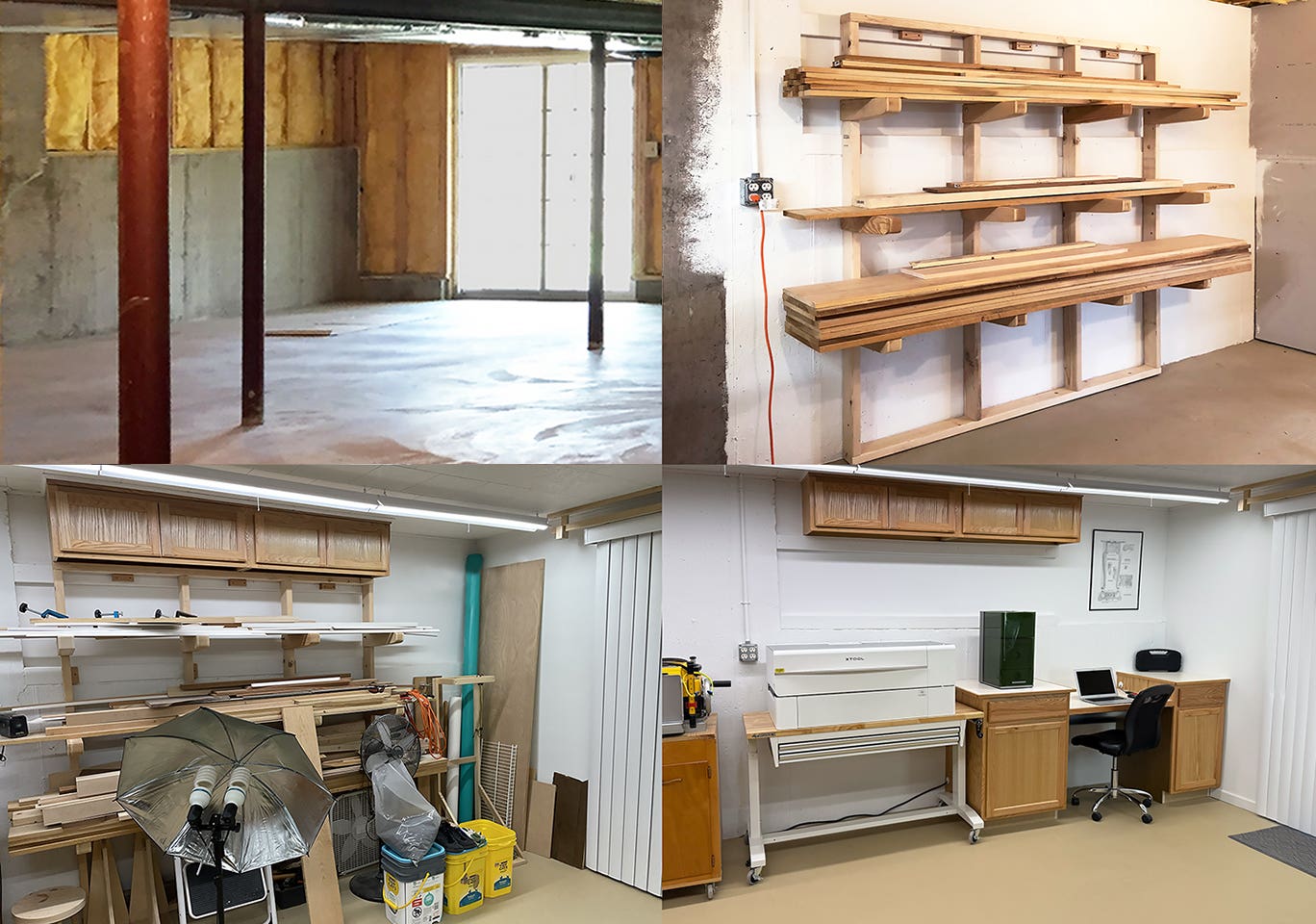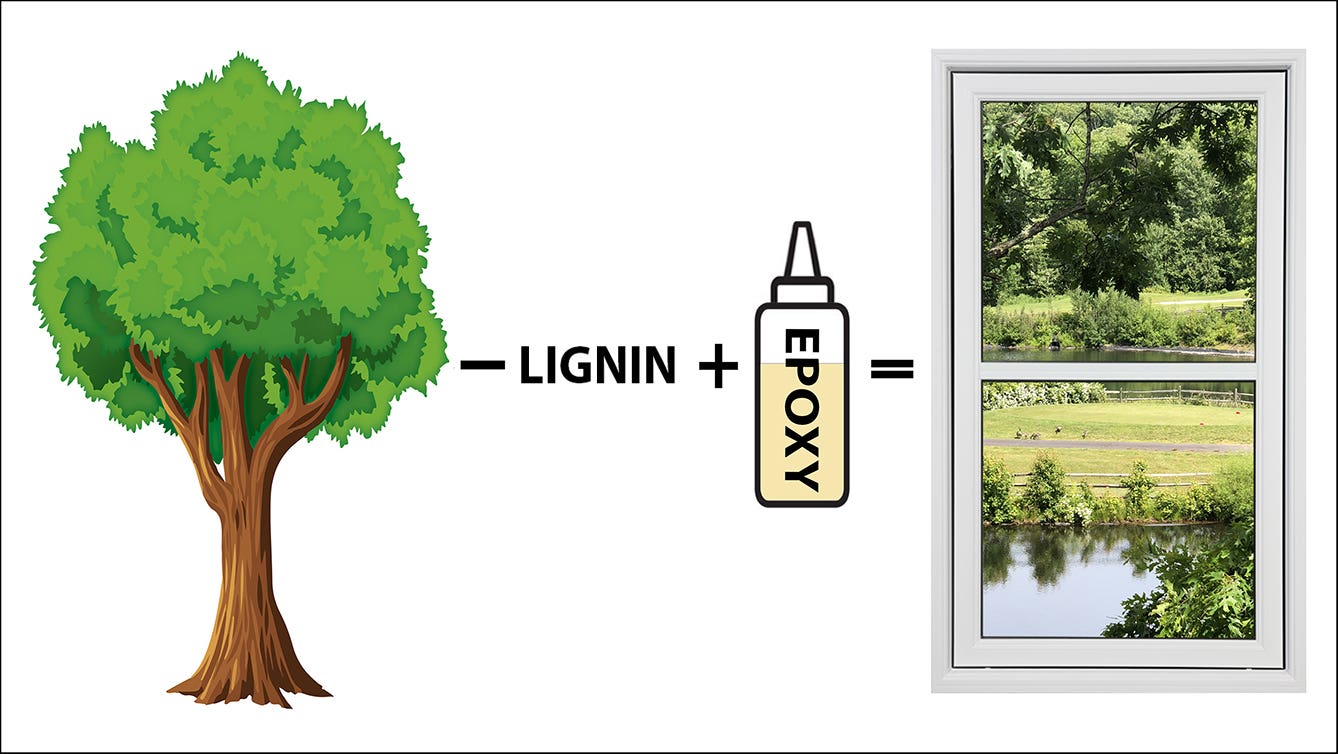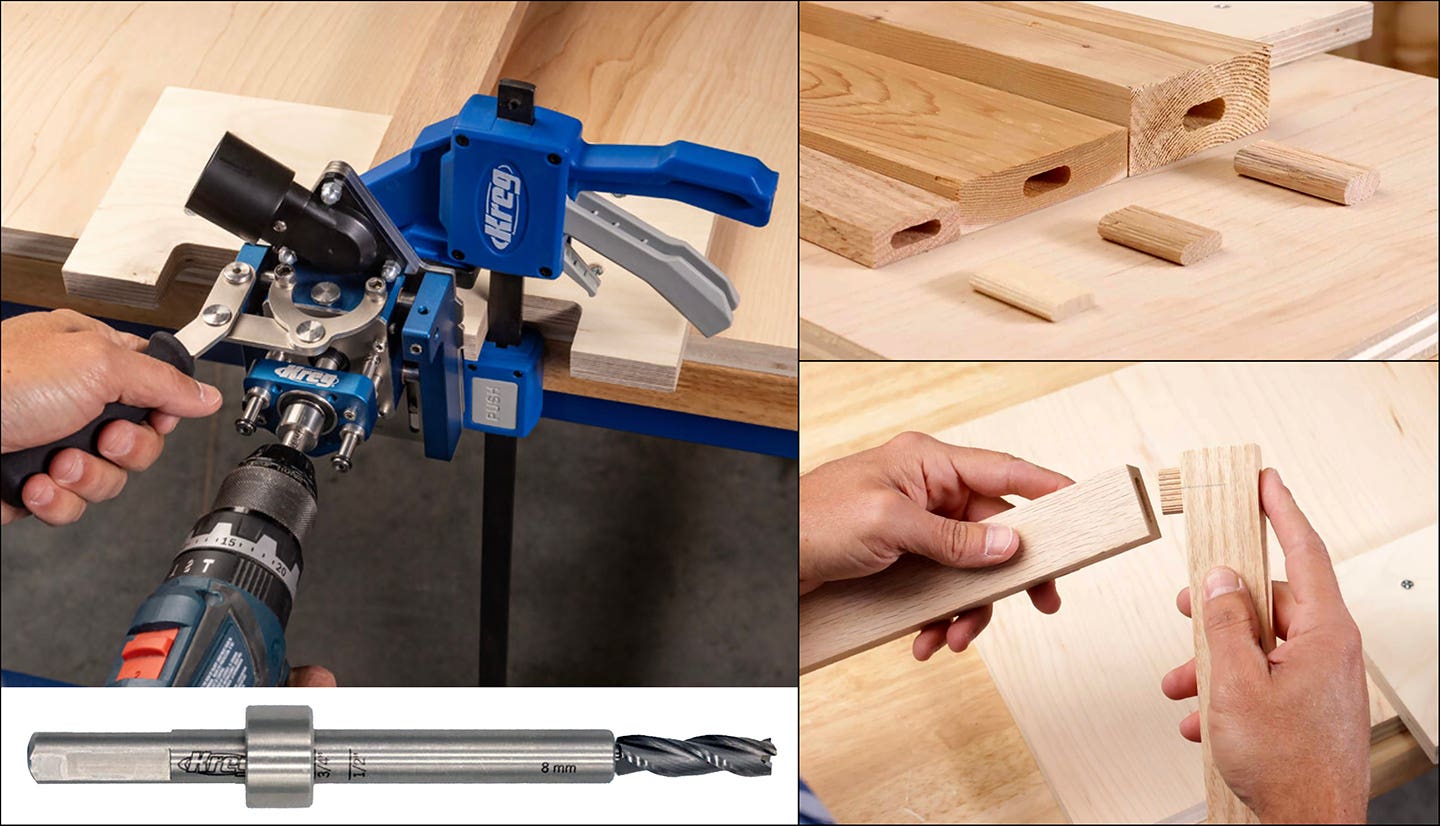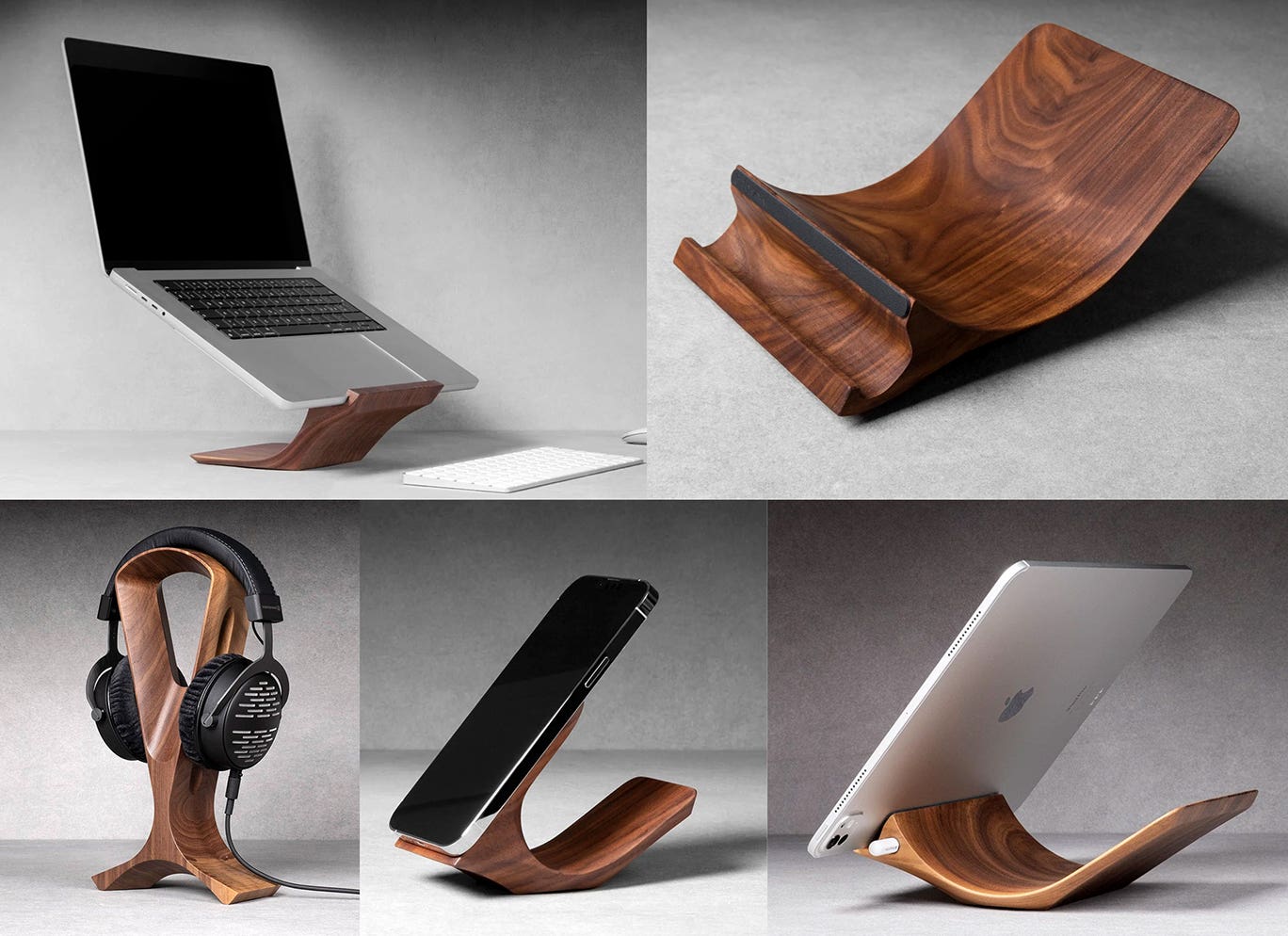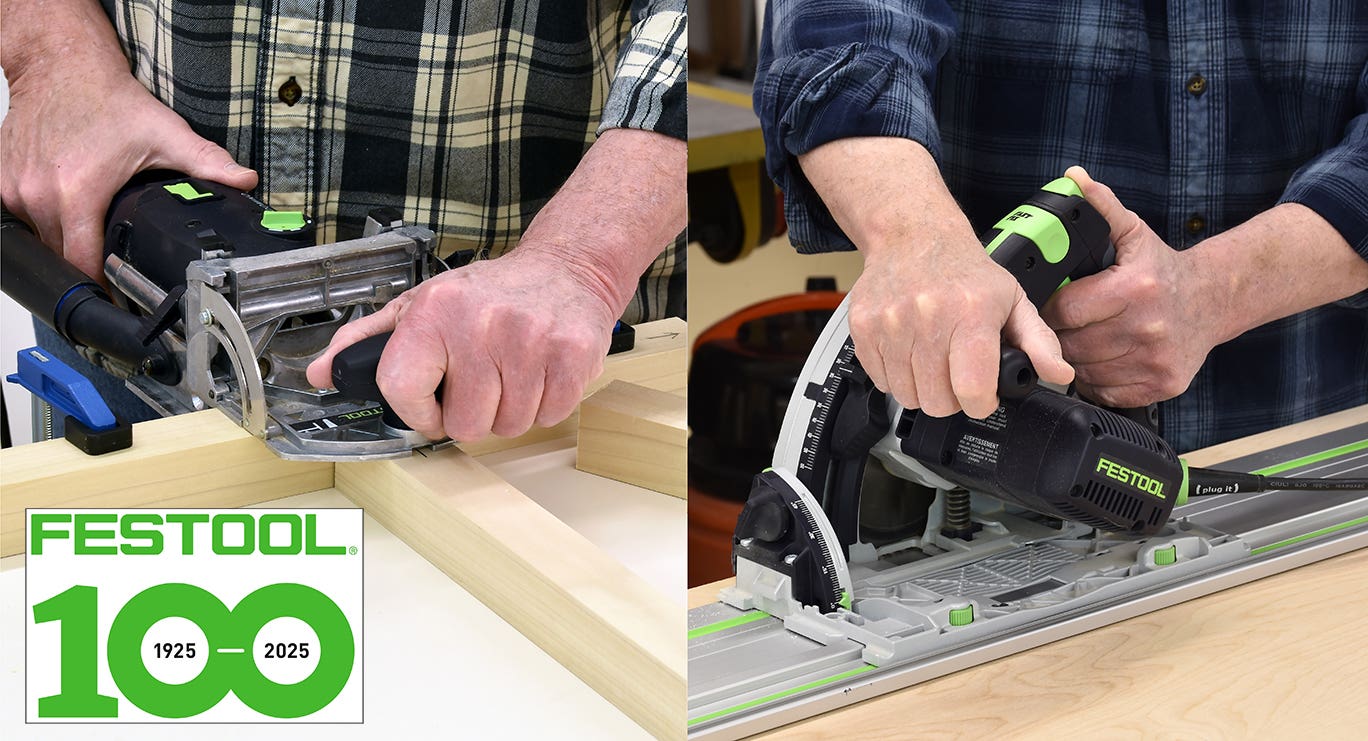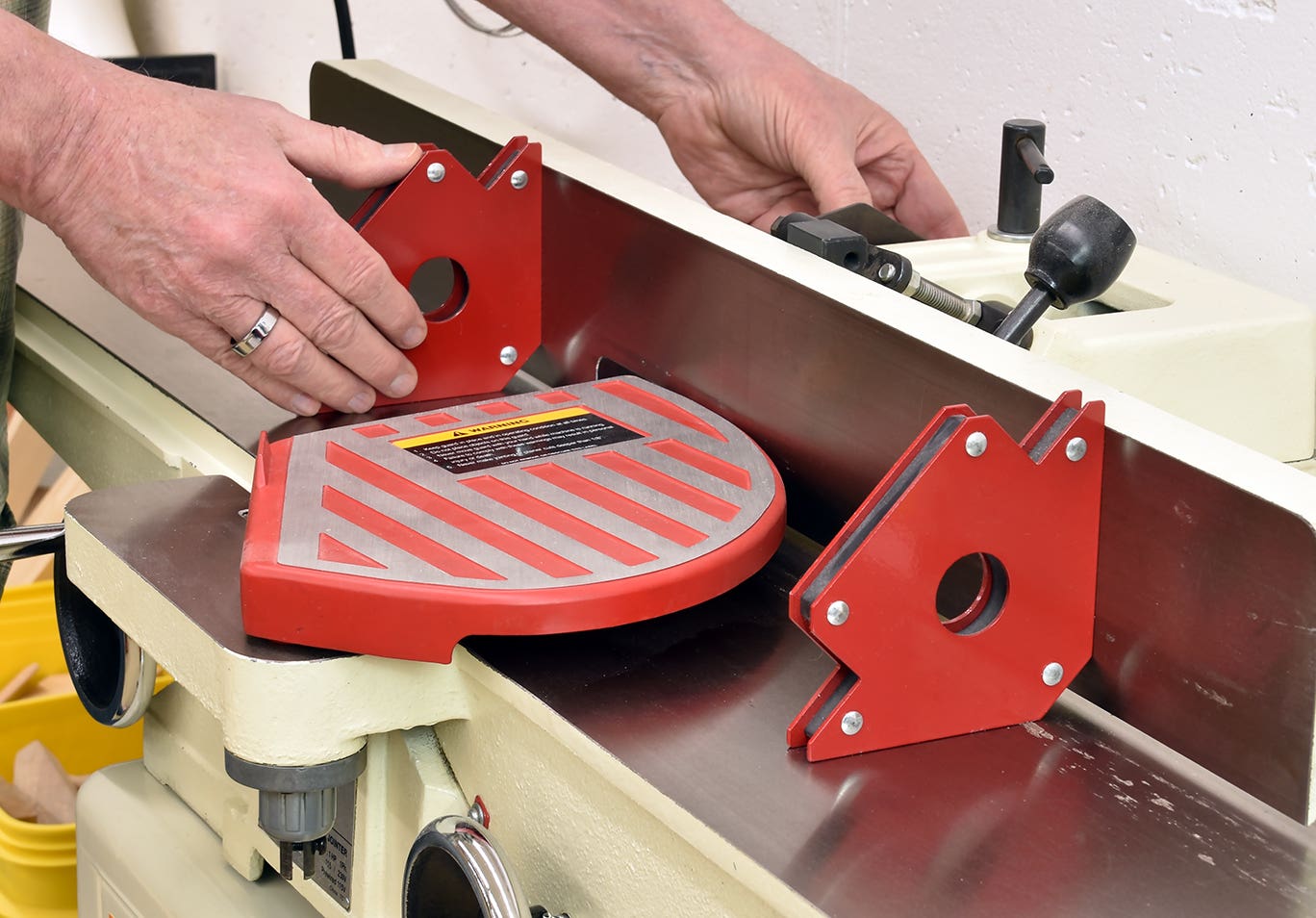Missing link
Whatever happened to NiMH tools? For that matter, do you even remember them?
Whatever happened to NiMH tools? For that matter, do you even remember them?
From the beginning of the days of cordless tools, Ni-Cad batteries were king. (Although my first-ever cordless tool back at the dawn of time was a small drill that used flashlight batteries. No, really.) You could recharge NiCads repeatedly and, with no finicky internal electronics, they were uncomplicated and durable.
They had a few quirks: They’d discharge on the shelf, there were “memory-effect” recharging issues, and power capacities were nothing to write home about. Plus, discarded batteries were no friend to the environment.
But then nickel-metal-hydride batteries, or simply NiMH, came out. Better for the environment, faster charging, lighter weight, and double the power capacities of NiCad. When introduced they were touted as the “next big thing,” and a lot of people thought they would be. However, their acceptance was affected by two things.
First, being more expensive, a lot of woodworkers were reluctant to give up their trusty old NiCad tools, especially if there was nothing wrong with them. They worked fine, and from an if-it-ain’t-broke perspective, sales of new NiMH tools weren’t as robust as expected. Most woodworkers figured they’d just wait – go ahead and beat their NiCad tools to death, and then spring for the new NiMH later.
The second thing happened while they were waiting. Continual battery development – spurred by the computer, cell phone and electric vehicle industry – developed lithium-ion cells. Fast-charging, the lightest batteries ever, no discharging on the shelf, and with capacities unheard of in cordless tools. And with the electronics industry fully embracing the tech, research went into warp drive, introducing newer and better Li-ion batteries with surprising regularity.
So, while NiMh batteries were a big improvement over what we started with, they just came out at the wrong time. Had they come out a decade or two earlier (and if NiCads hadn’t been so remarkably durable) they would have enjoyed a long, robust lifetime before Li-On came along. As it is, they’re barely remembered – if they’re remembered at all – as a brief blip in the industry.
A.J. Hamler is the former editor of Woodshop News and Woodcraft Magazine. He's currently a freelance woodworking writer/editor, which is another way of stating self-employed. When he's not writing or in the shop, he enjoys science fiction, gourmet cooking and Civil War reenacting, but not at the same time.


